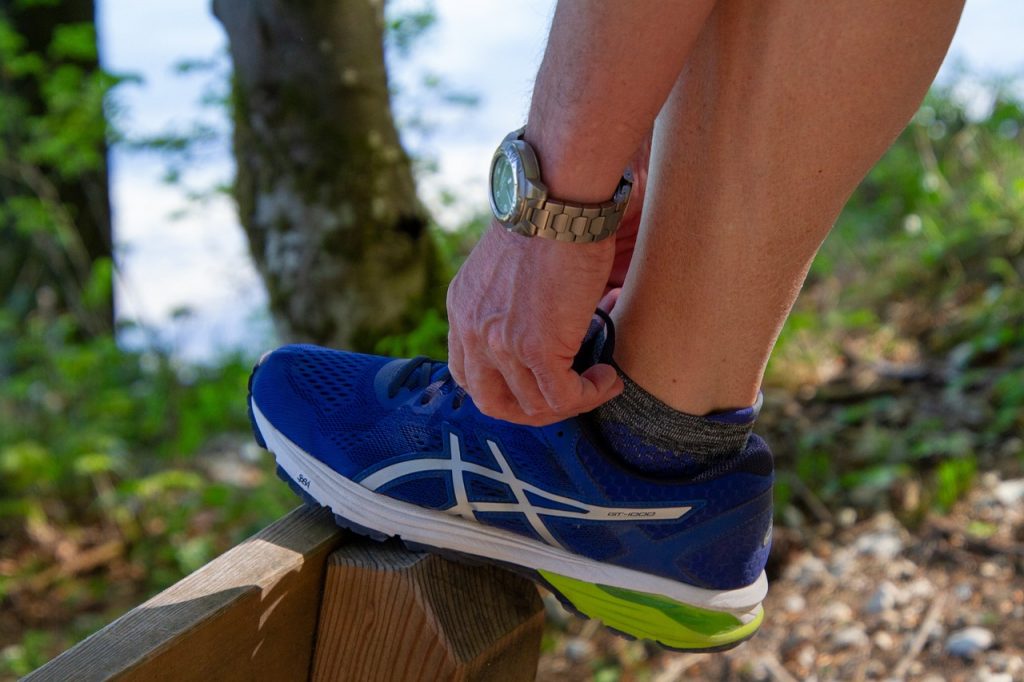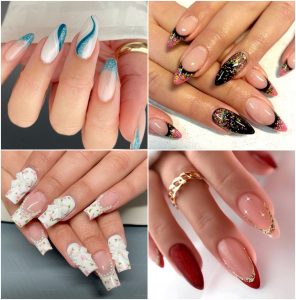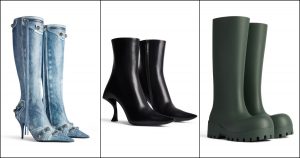
The mud stains on your running shoes are a batch of honor. Stains, sweat, and dirt are synonymous with shoes that have seen some action. With a little TLC, you can make your running shoes last longer and definitely smell better!
Good quality and branded running shoes are not cheap. With a few tips and tricks, you can easily maintain the integrity of your running shoes at home. Even though the material used in running shoes is made to sustain tough situations- you must be careful while washing them.
Two things will make your running shoes dirty- the Earth and you! Mud stains, dirt, and other road elements spoil your running shoes’ exterior. The insides will be subjected to your sweat, body oil, and dead skin cells…aaargh.

If you let your running shoes marinate in all these lovely ingredients, they will soon become a breeding ground for bacteria and mold.
Regular maintenance: Running shoes cannot be over-washed as that can destroy the shoes’ fabric, stitching, and rubber base. Use a dry shoe brush to rub down your running shoes after every run.
Handwash your running shoes: Running shoes in the washing machine will damage your shoes and the washing machine! Hand-washing your running shoes is the best way to clean them.
Socks are important for your health and hygiene. When you wear closed shoes without socks, you invite a lot of bacteria and germs to party with your feet. This can lead to various fungal and bacterial infections. Socks also help maintain the quality of your running shoes by adding an extra layer between your insoles and sweaty feet.
The soles of your feet produce more sweat than any other body part. An average human secretes almost a cup of fluid daily under normal circumstances. Imagine what happens when you are running and burning calories!
Socks also reduce friction, protecting you from blisters and callouses. Compression socks work best for athletes and runners. Compression socks regulate your blood pressure and reduce the chances of inflammation and swelling.
With regular care and maintenance, you can keep your running shoes for a long time, but you can only wear the same shoes for a while. Even good quality and expensive running shoes will lose their integrity over time.
They will no longer be able to provide you with full functionality support. You may also experience increased muscle soreness when you run with deteriorating running shoes.
You must change your running shoes after 500 miles or once you notice signs of irreparable wear and tear. Replace your insoles every 4-5 months for the best results.










































































